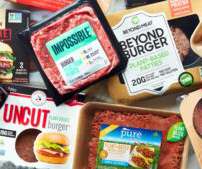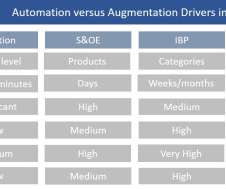The Plant-Based Meat Supply Chain
Logistics Viewpoints
SEPTEMBER 22, 2021
The plant-based meat supply chain is taking advantage of hiccups in traditional food supply chains, especially during the Covid pandemic. billion in 2017 and is expected to surge to over $8 billion by 2026. The Plant-Based Meat Supply Chain. And these could be very conservative estimates.

















Let's personalize your content